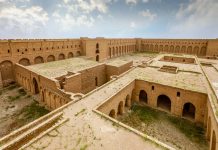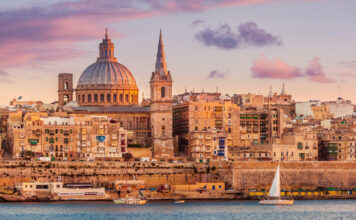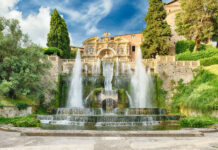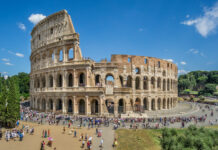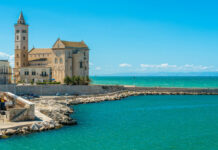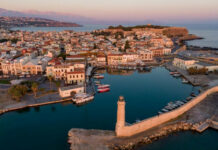The Birthplace of the Roman Empire
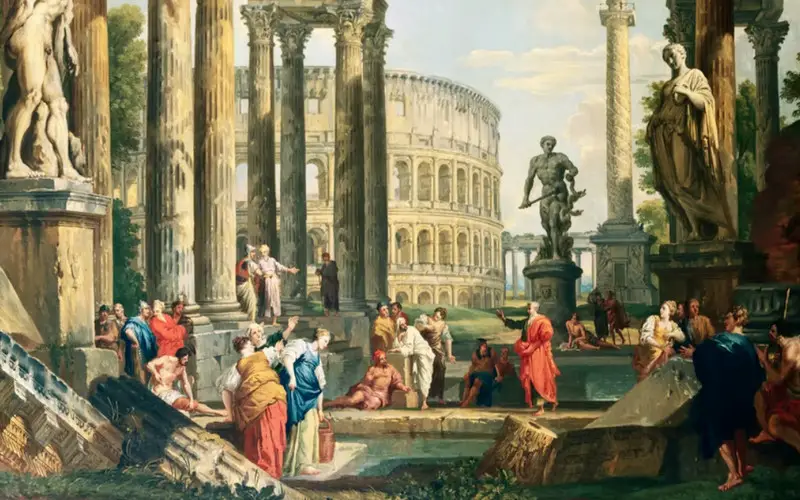
Italy’s historical significance is exemplified by the birth of the Roman Empire, one of the most influential civilizations in history. Founded in 753 BC, Rome’s expansion eventually created an empire that spanned three continents, leaving a lasting legacy in governance, engineering, and culture.
The Eruption of Mount Vesuvius
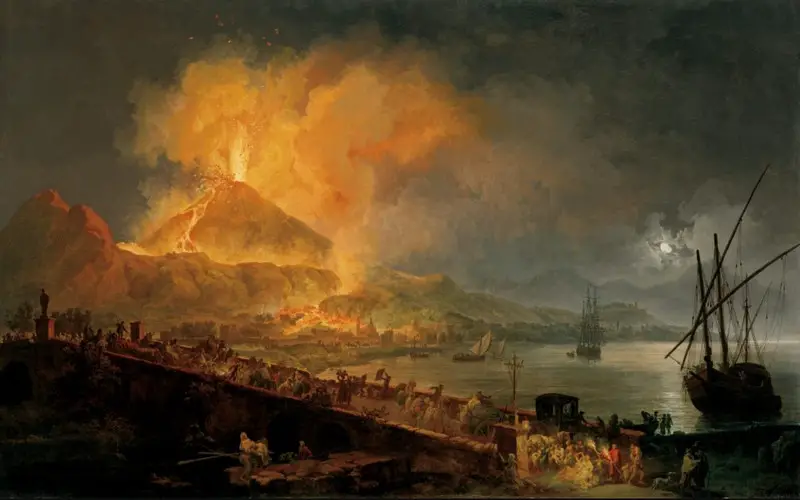
The infamous eruption of Mount Vesuvius in 79 AD had catastrophic consequences for the Roman cities of Pompeii and Herculaneum. The volcanic ash preserved these cities remarkably well, providing modern archaeologists with unparalleled insights into daily life during the Roman era.
The Roman Colosseum
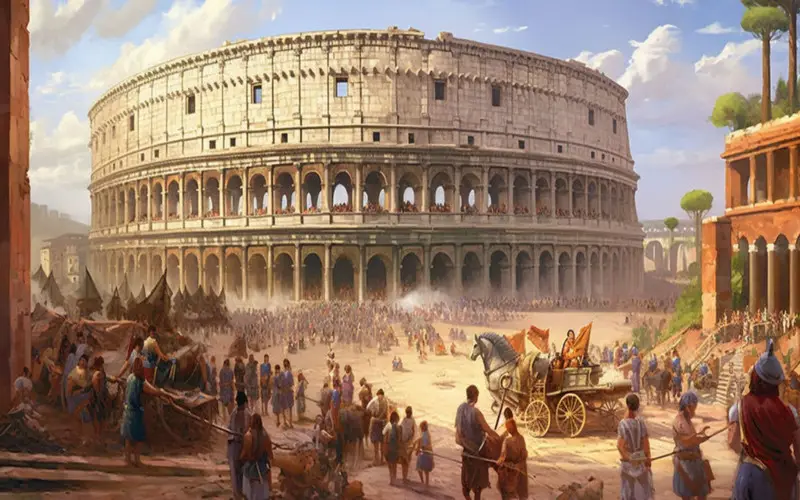
Constructed in the 1st century AD, the Colosseum in Rome is a marvel of ancient engineering. It could hold up to 80,000 spectators and was used for gladiatorial contests and public spectacles. Today, it stands as an iconic symbol of Rome and a testament to the architectural prowess of the ancient Romans.
Italy’s Role in the Renaissance

The Renaissance, a period of immense cultural and intellectual growth, found its epicenter in Italy during the 14th to 17th centuries. Italian cities like Florence, Venice, and Rome witnessed a flourishing of art, literature, and scientific discoveries, with figures like Leonardo da Vinci, Michelangelo, and Galileo Galilei making profound contributions.
The Leaning Tower of Pisa

Completed in the 14th century, the Leaning Tower of Pisa is one of Italy’s most iconic landmarks. The tower’s unintentional tilt, caused by a poorly laid foundation, has not only survived the centuries but has become a symbol recognized worldwide.
Italian Contributions to Science

Italy has been a cradle of scientific innovation, with luminaries like Galileo Galilei making groundbreaking contributions. Galileo’s telescopic observations, for instance, played a pivotal role in advancing our understanding of the cosmos and challenging prevailing beliefs.






